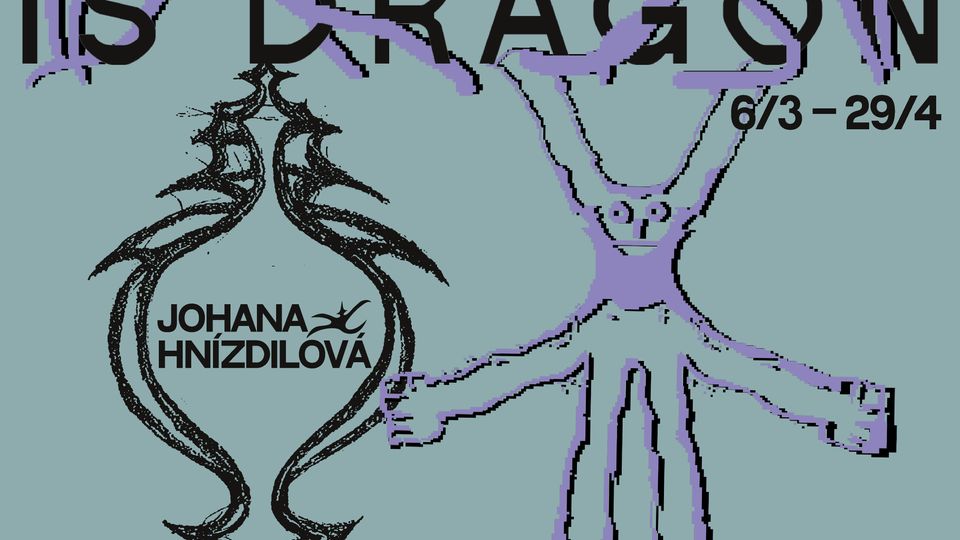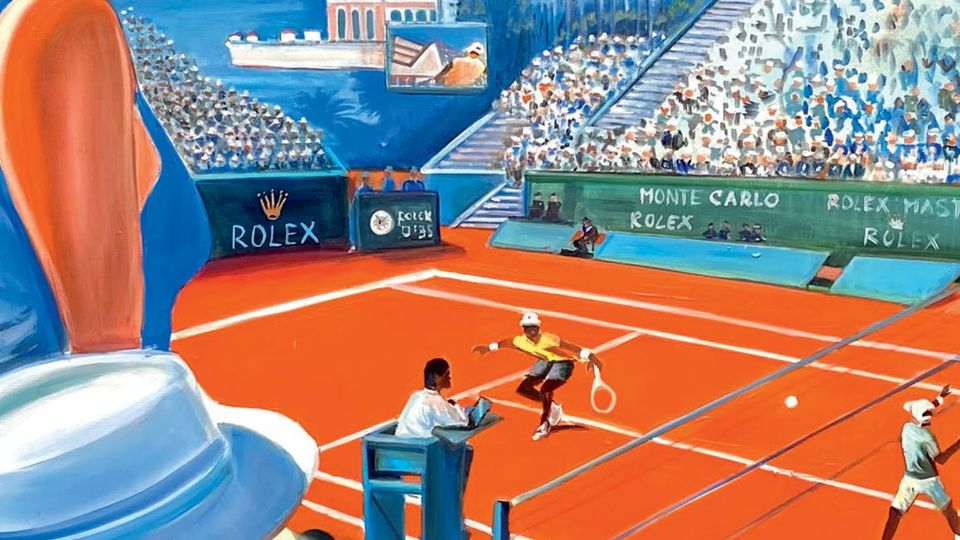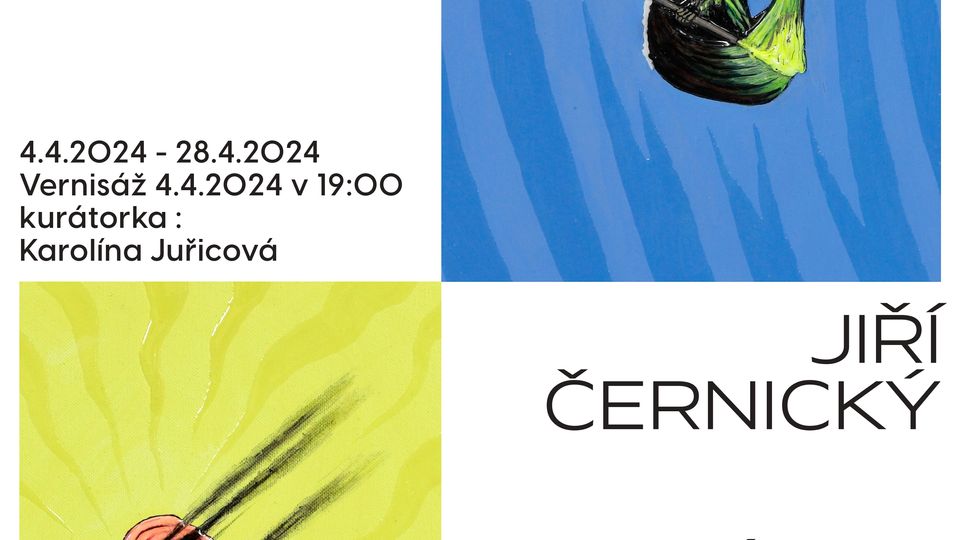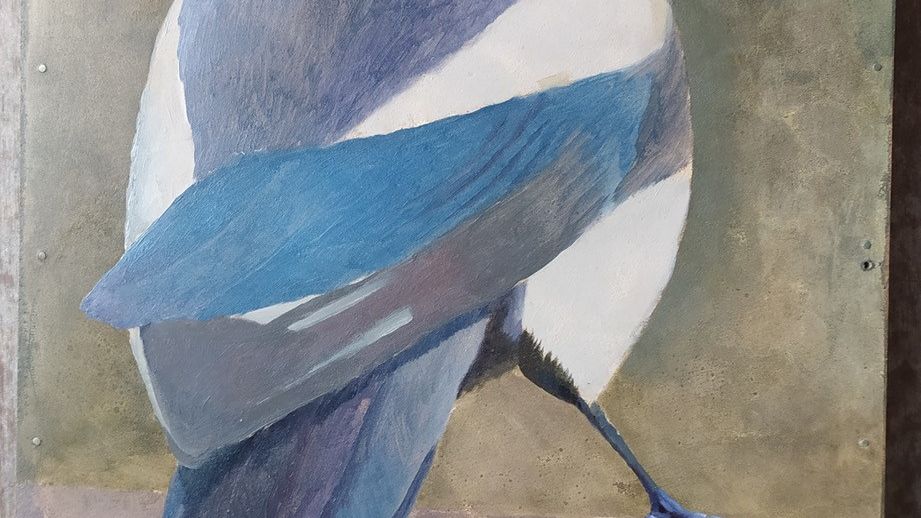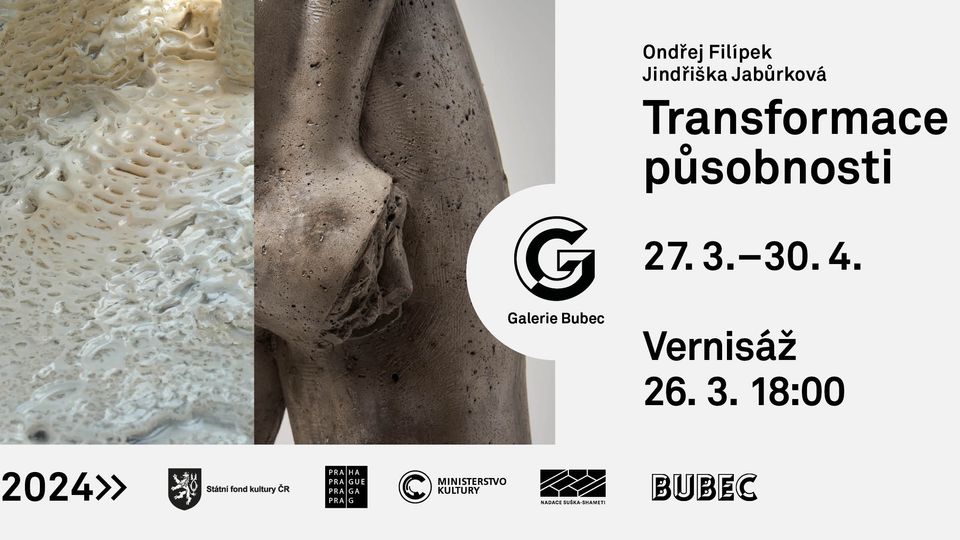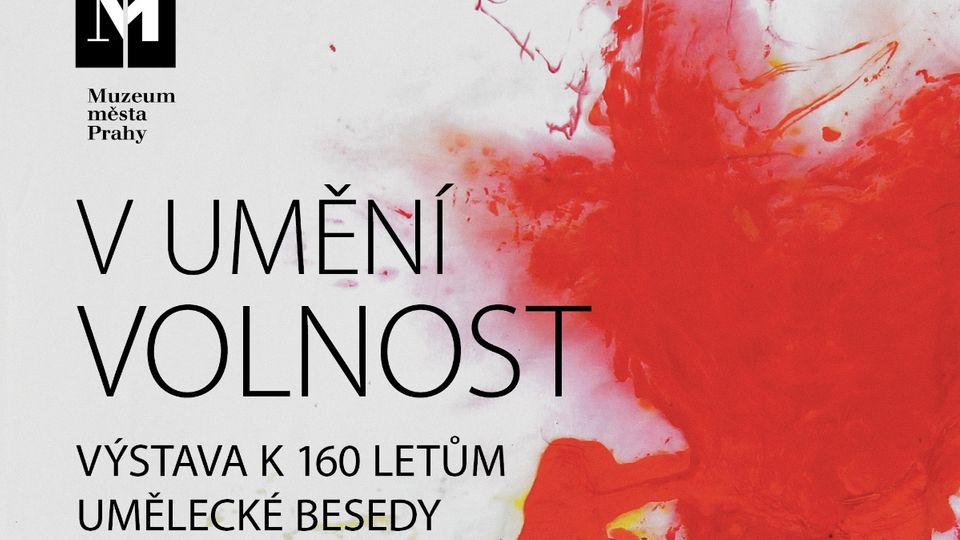Bodies on Display: Art, Anatomy, Education, and Ethics from Hogarth to ‘Body Worlds’ [english]
13. 12. 2023
Přednášky a diskuze
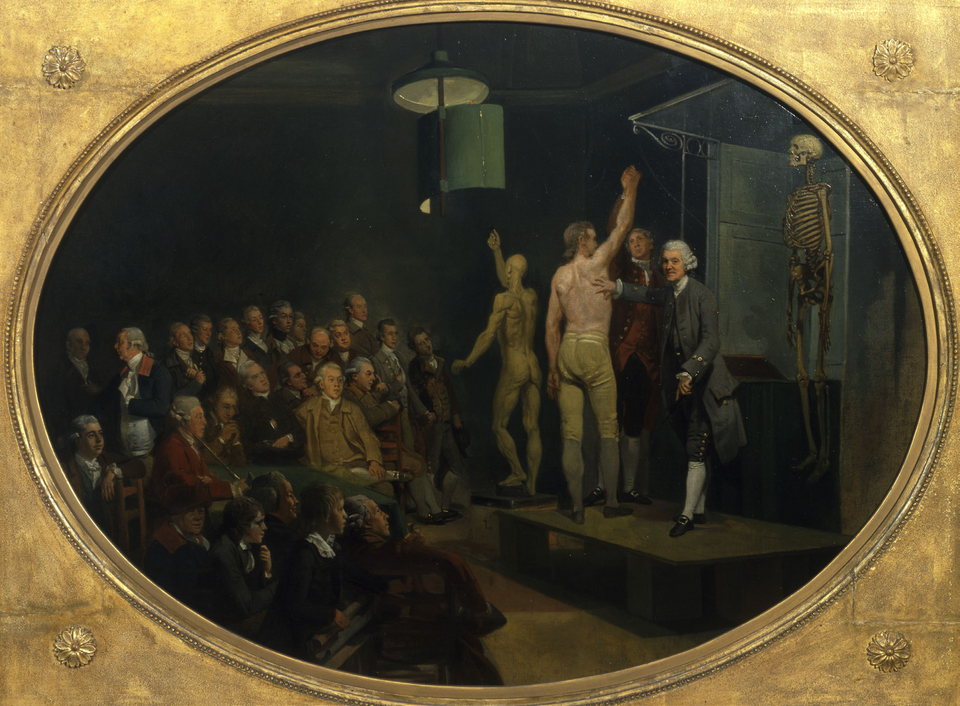
Zveme na další přednášku z cyklu Collegium historiae artium, kterou přednese Andrew Graciano (University of South Carolina) na téma Bodies on Display: Art, Anatomy, Education, and Ethics from Hogarth to ‘Body Worlds’.
Andrew Graciano will discuss briefly his research on the dual roles of artist/curator in self-mounted solo exhibitions, and how this has led to his interest in artistic pedagogy. Specifically, Graciano will speak about the process of artistic training, highlighting the role of anatomical study. The attention to the human body, both exterior and interior, in an academic art context affects its depiction (or display) in major works of art. Graciano will make the connection between some examples of eighteenth- and nineteenth-century art work and the contemporaneous laws regulating the availability of cadavers for dissection in anatomy schools in Britain, as well as the ethical problems with such laws. The display of anatomical specimens in museums of the past and present reveal consistent ethical issues for museums that house them—from the Hunterian Museum to the twenty-first-century global phenomenon called Body Worlds, and many others in between and since. But the questions surrounding what museums are supposed to do with/about their problematic collections is very similar to the complex legal and ethical questions about how to tackle the repatriation of looted artwork; the latter issue touches Graciano’s most recent research interest: the repatriation, creation, and preservation of ‘national’ art collections in the decades after Napoleon’s defeat.
místo konání: zasedací místnost (sál 117) Ústavu dějin umění AV ČR

